You can stain over some wood oil types, but you must prep the surface by sanding it with fine-grit sandpaper. If the wood oil is sealed with a water-resistant top coat, you must remove it completely before applying wood stain.
To stain over oiled wood, sand the existing finish, apply the wood stain, and seal the finish.
Note: We don’t recommend staining over an oiled wood as the adhesion between both finishes won’t be good. It’s better if you remove the entire finish first.
Does Wood Stain Adhere To Oiled Wood?
Wood stain doesn’t adhere well to oiled wood because it can’t penetrate the hard and impenetrable finish. When dry, wood oils produce a strong and hard protective layer that prevents wood stains from penetrating the finish and sticking.
The oil-based wood stain has a better chance of adhering to wood oil as both use oil as their solvent. On the other hand, water-based stains won’t adhere well.
The best stain to use over wood oils is gel stain as it’s a topical finish and doesn’t need to penetrate a surface to stick, it can stay over the top layer and dry there. It will also produce a layer that is resistant to moisture.
Do You Have To Sand Oiled Wood Before Staining?
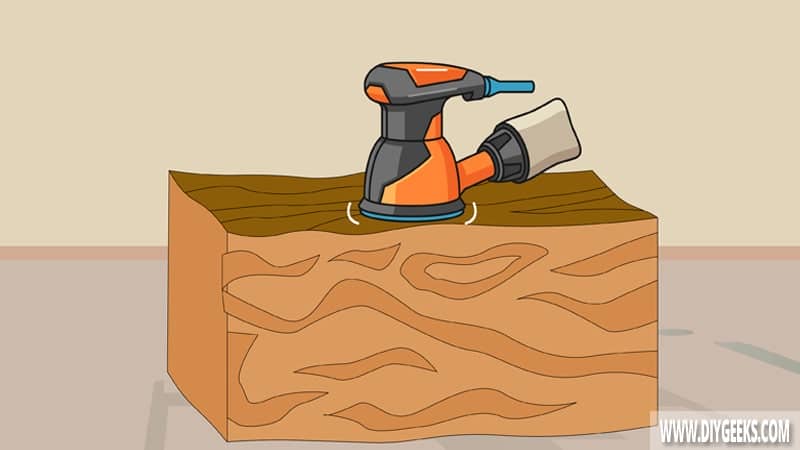
You have to sand oiled wood before staining to create holes (scars) in the surface that the wood stain can soak into. Sanding makes the existing finish smoother, removes dust and imperfections, and increases the chances of adhesion between the two finishes.
Wood stain won’t stick over oiled wood if you don’t sand as there won’t be tiny holes (or pores) that the stain can penetrate into. The finish will turn sticky if the wood stain can’t penetrate a surface and stays over the top layer. If this happens, you must remove the excess using a rag.
Sanding is required even if you apply gel stain as it will remove imperfections and produce a smoother finish.
To sand oiled wood, use fine-grit sandpaper (higher than 220-grit). Avoid using medium or coarse-grit sandpaper as it can remove the entire finish (unless that’s what you want).
Do You Have To Remove Wood Oil Before Staining?
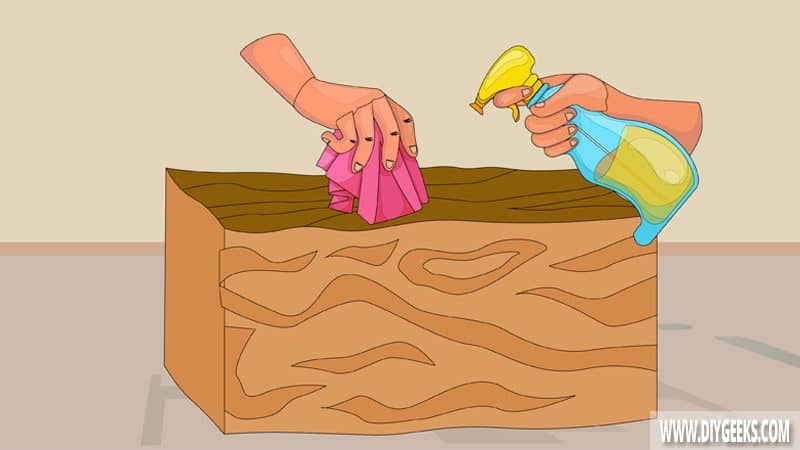
You don’t have to remove wood oil before staining if the finish (or surface) is even. You must only remove wood oil if it prevents stain from penetrating, it’s sealed with a topcoat, or if there’s something wrong with the material (e.g. wood).
If you use gel stain, you don’t need to remove the existing finish as it can adhere to a surface without penetrating it. In fact, a topical stain will benefit if you leave the existing finish as it will serve as a base coat.
In summary, if a wood oil finish is clean and smooth and the material underneath is in good condition, you don’t need to remove it. All you need to do is sand the existing finish and clean (remove dust).
You must remove wood oil before staining only if one of these things happens.
- It Has Dried Hard – If the wood oil dries hard, you must remove it before applying a stain. Hard finishes are hard to penetrate or sand, so you must remove them.
- It’s Filthy – If the wood oil is filthy, you must remove it. If you don’t, the dust and filth on the oil will cause bumps and bleed-through in the finish.
- It’s Damaged– If the wood oil is damaged or defective due to moisture or scratches you have to remove it. If you don’t, its defects will affect the new finish.
- It’s Sealed– Though not a common practice; the wood oil might have been sealed with a top coat. In such cases, you’ll have to remove the sealer so the new finish can stick over it.
How To Stain Over Oiled Wood?
To stain over oiled wood do the following things.
- Sand the Existing Finish.
- Apply the Wood Stain.
- Seal the Finish.
Before we go on with this task, here are a few tips to remember:
- It’s better to use oil-based stains.
- Sanding is necessary.
- You must remove wood oil if it has been sealed with a waterproof topcoat.
- The wood oil must be fully dry.
- Avoid using a paint primer.
- Once the finish dries, seal it.
- For the best results, remove the existing finish.
The tools you need for this project are listed below.
- Fine-grit sandpaper
- Clean rags
- A gallon of stain (such as Gel Stain)
- A paintbrush or spray gun
- A sealer (optional)
1. Sand the Existing Finish
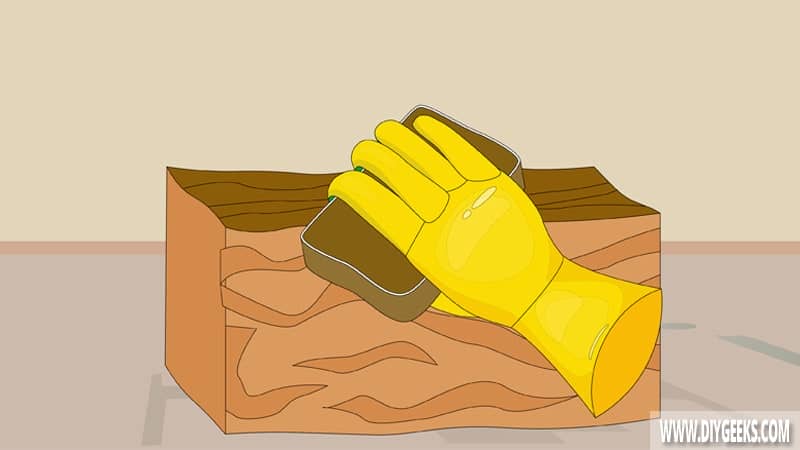
Sand the wood oil finish with fine-grit sandpaper (220-grit) to remove surface imperfections and bumps, and create tiny pores (holes) in the finish that the wood stain can penetrate to.
Don’t use coarse or medium-grit sandpaper (40/100-grit) as it can remove the entire wood oil finish (unless that’s what you want).
2. Apply the Wood Stain
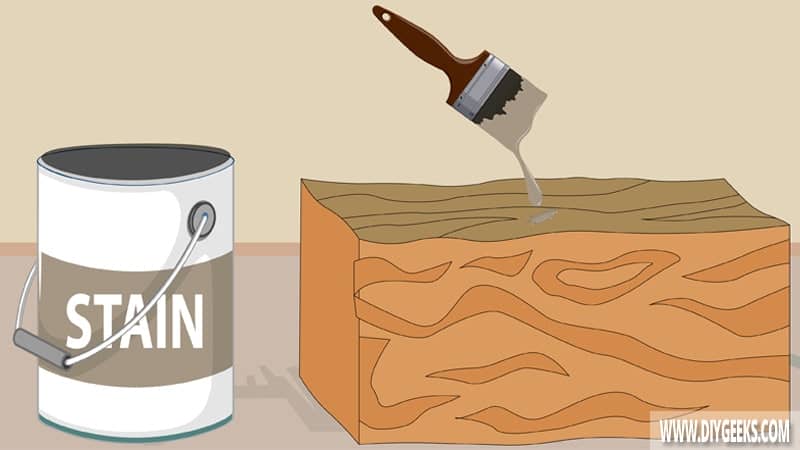
Apply two (2) wood stain coats over oiled wood using a paintbrush or sprayer. Wait until one coat dries before applying the next coat.
You must thin oil-based wood stain with mineral spirits if you apply it with a paint sprayer.
3. Seal the Finish
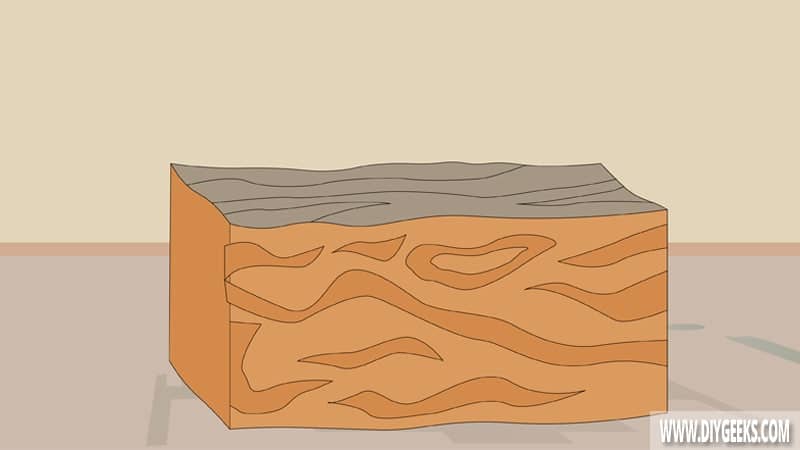
Seal the stained wood finish with a moisture-resistant sealer to protect it from moisture, water, scratches, and weather elements.
Which Wood Oil Types Can You Stain Over?
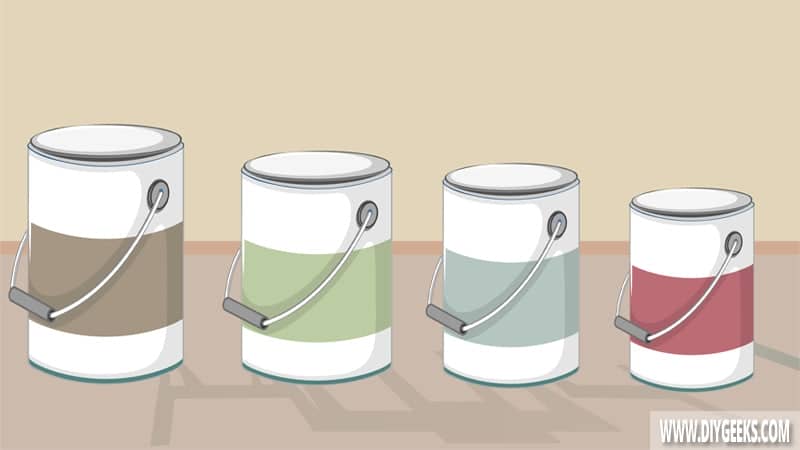
The types of wood oils you can stain over are listed below.
Linseed Oil
You can apply gel stain over linseed oil, but you can’t apply regular wood stain over it as it won’t stick well.
Linseed oil is a deep-penetrating finish that soaks into pores and leaves no space for other finishes to penetrate. It also takes longer to dry, meaning its finish is hard.
Mineral Oil
You can apply stain over mineral oil because it produces a light finish that doesn’t fill surface pores as much. However, you must sand it before applying the stain.
Which Wood Oil Types You Can’t Stain Over?
The types of wood oil you can’t stain over are listed below.
Danish Oil
You can’t apply stain over Danish oil as it penetrates the pores deeply and forms a hard (and strong) finish that prevents penetration. You must remove it completely before applying a coat of stain.
Tung Oil
You can’t apply stain over Tung oil as it produces a moisture-resistant finish that prevents wood stains from sticking. You must remove the entire finish first before applying a new coat of stain.
Sanding isn’t much use either since Tung is a natural oil that is hard to remove.
Teak Oil
You can’t apply stain over Teak oil as it produces a rich glossy finish that is unstainable. Its finish is a combination of natural oils, such as Linseed and Tung oil which make its finish hard.
Osmo Oil
You can’t apply stain over Osmo oil as it produces a hard wax finish that doesn’t accept topcoats.
Decking Oil
You can’t apply stain over Decking oil as it has a weather-resistant finish that prevents liquids from penetrating.
Related Read: Can You Varnish Over Oiled Wood?


